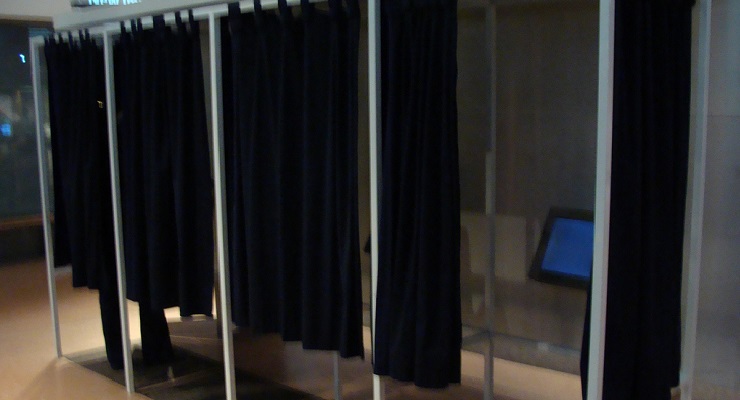
UPDATE 6-16-17: Check this out…
Voting machines across the country are connected to potential vulnerable networks leaving experts worried. From NPR by Pam Fessler, a correspondent on NPR’s National Desk:
University of Michigan computer scientist Alex Halderman says it’s just the kind of phishing campaign someone would launch if they wanted to manipulate votes. “That’s because before every election, the voting machines have to be programmed with the design of the ballots — what are the races, who are the candidates,” says Halderman.
He notes that the programming is usually done on a computer in a central election office or by an outside vendor. The ballot program is then installed on individual voting machines with a removable memory card. “So as a remote attacker, I can target an election management system, one of these ballot programming computers. If I can infect it with malicious software, I can have that malicious software spread to the individual machines on the memory cards, and then change votes on Election Day,” says Halderman.
Here is more from a post examining voting machines ProCon:
Originally developed in the 1970s, direct recording electronic (DRE) voting machines have become increasingly used nationwide. After the 2000 US presidential election’s troubles with “pregnant” and “hanging” chads and the subsequent passage of the 2002 Help America Vote Act which swelled use of DREs, electronic voting technology became widely debated.
Proponents argue that electronic voting machines are secure, able to unambiguously capture the intent of a voter, capable of preventing residual votes, reliable, easy to use, calculate and report voting results faster, and are accessible to disabled, illiterate, and non-English speaking voters.
Opponents of electronic voting machines argue that DREs give too much power over public elections to their private manufacturers, are vulnerable to hacking and other forms of tampering, do not allow for meaningful audits and recounts, and do not offer voters a trustworthy way to verify their votes
Leave a Reply